5 common questions answered about back-to-school in the N.W.T.
Here's what to prepare for as students return to school
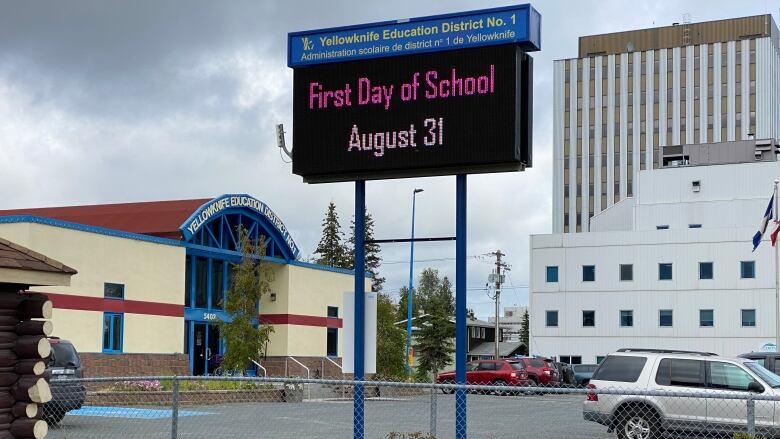
The N.W.T. is a vast and diverse territory and so are its school reopening plans.
The territory has opted not to pursue a one-size-fits-all approach for reintroducing students to schools this week.
Instead, they've laid out some basic ground rules and allowed schools to make a patchwork of different regimens across the territory.
CBC News reviewed the reopening plans of dozens of N.W.T. schools to prepare the best possible general outline of what to expect. Plans for many small community schools were not immediately available.
Of course, parents and students should contact their local administrators for specific information on the expectations at their school.
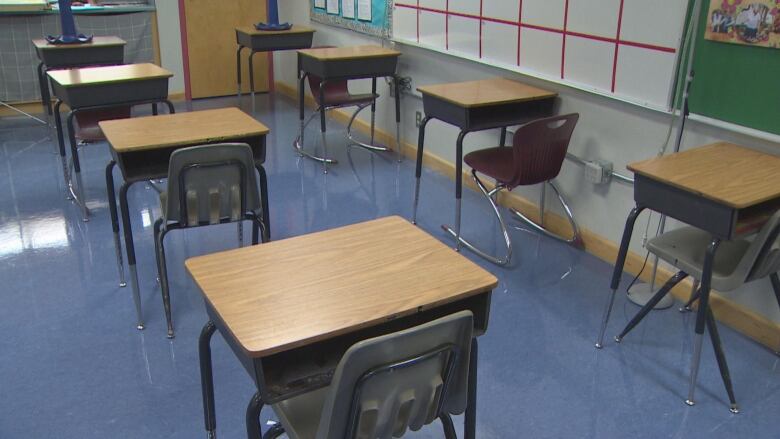
1) How will classrooms be different this year?
"The upcoming 2020-2021 school year will not be a return to normal for educational staff and students," reads the safety plan released by the territory's Education Department. "It is likely going to look and feel different for everyone."
What's changing depends a lot on which grade and what schools you're talking about.
All schools should have increased sanitation and hand washing, designated entrances and exits, and no more assemblies. Teachers will be wearing face shields at all times.
Students will have to unlearn the lesson that "sharing is caring." They won't be allowed to share materials or snacks. In many places, that will mean a greater burden on parents to provide them.
When not in use, those materials will likely be kept in individually marked plastic bags, to prevent cross-contamination.
Younger grades can expect fewer changes as N.W.T. health officials maintain young children are at lower risk from COVID-19. But there will still be some alterations.
While in the classroom, they won't have to physically distance. But they will need to do so when outside for recess, or in the halls, maintaining a one- to two-metre distance from each other.
Take a tour of one Yellowknife school's COVID-19 prevention measures:
There will also be fewer toys in classrooms, as items that are difficult to clean are purged from the selection.
In Grades 7 to 9, students can expect to see more space between desks, as they'll be required to maintain at least a metre of distance at all times.
In Grades 10 to 12, students will have to maintain two metres ofdistance. In Yellowknife at least, classes will be smaller just 10 to 15 students in some cases.
Students at Yellowknife's public high school won't be getting lockers this year. At other schools, they'll be handed out by lottery but there will be less of them to allow for proper spacing.
Some things will be returning to normal. All schools have been directed to provide as much full-time, in-person learning as possible.
Students in Grades 6, 9 and 12 should plan to write Alberta Achievement Tests and diploma exams this year. Families will receive graded report cards as they have in past years.
Graduation requirements will also return to normal, though accommodations will be made for students who end up spending a lot of time learning online.

2) How will pick-up and drop-off work?
Pick-up and drop-off will be highly regimented at most larger schools. For example, parents of students from Yellowknife's J.H. Sissons School were told they'd have just a 15-minute window to drop off kids.
Those kids will probably have to spend more time waiting outside and do so in colder weather than in previous years, so make sure they come prepared.
A number of schools are staggering start times to keep traffic to a minimum during drop-off.
If you're used to dropping your kid off in the classroom, you might not be allowed to anymore. The territory's plan says explicitly that parents will have "limited access" to reduce exposure.
In some cases, parents of young children will be allowed to enter the school, but only if they wear a mask. Make sure to check with your school before doing this.
Not every student will start Aug. 31. A number of schools, like Hay River's Diamond Jenness and Yellowknife's Weledeh Catholic School, are starting one group of students on Aug. 31 and another on Sept. 1.
In Yellowknife high schools, students will need to be dropped off or go home in the middle of the day. These schools are opting for a "blended" approach, asking students to learn remotely for half the day.
If you're in a smaller community, you'll want to make sure your local school is in fact where your child will be learning.
The territory's school reopening plan says administrators in some regions have identified "learning spaces other than classrooms" to accommodate physical distancing requirements.
Lastly, if your child has been taking a school bus, make sure they are registered for the upcoming year, as spaces will be limited. Kids will be kept to an assigned seat, and in Yellowknife, students in Grades 9 to 12 will need to take city buses to school.
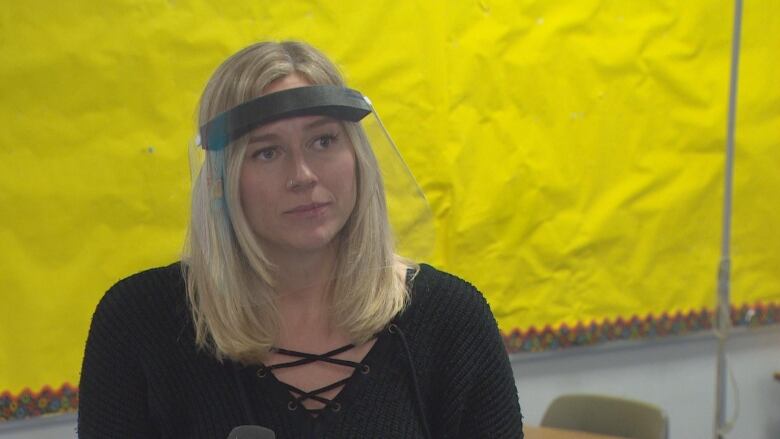
3) Will my child have to wear a mask?
Most of the time, students won't have to wear a mask. But they should have one on them.
That's because students will be required to wear masks when they can't physically distance or remain in a classroom group in busy hallways and on buses, for instance.
Some schools have said they will provide students with up to two non-medical masks. Make sure to check with your school if they will provide one.
4) What will happen if my child is sick?
Parents will need to monitor their kids for symptoms of COVID-19 every day. If your kid is sick, they won't be allowed in school.
Parents should be provided with a checklist of symptoms to look for each morning. If a student is experiencing one "major symptom" of COVID-19, defined as fever, shortness of breath, or a new or worsening cough, they'll need to stay home.
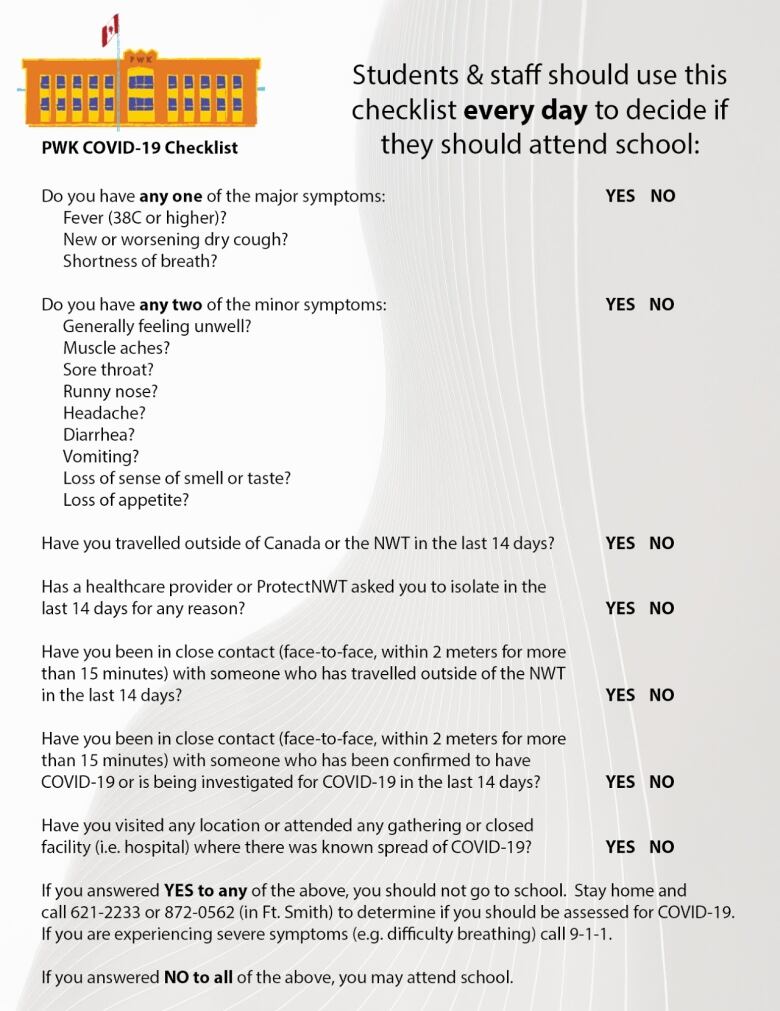
The same is true if they experience two "minor symptoms": general unwellness, muscle aches, sore throat, runny nose, headache, diarrhea, vomiting, loss of appetite, or loss of smell or taste.
They'll also need to stay home if they've been in close contact with someone suspected of having COVID-19 or recently returned from travel.
If they meet any of those criteria, you need to contact your local health centre to see if they need to be tested. It's not totally clear what happens next if students will need to stay home for a full 14-day quarantine period, or if they can return to school before that time is up.
Once students arrive at school, teachers will screen them again for symptoms. If a student wakes up feeling fine but develops symptoms at school, they will be "quickly isolated," according to the territory's plan. Their parents will be called, and they'll be sent home.
While students are self-isolating at home, they'll be expected to keep up with studies remotely. That shouldn't mean sick days are off the table but 14 days of isolation does not mean 14 days off school.
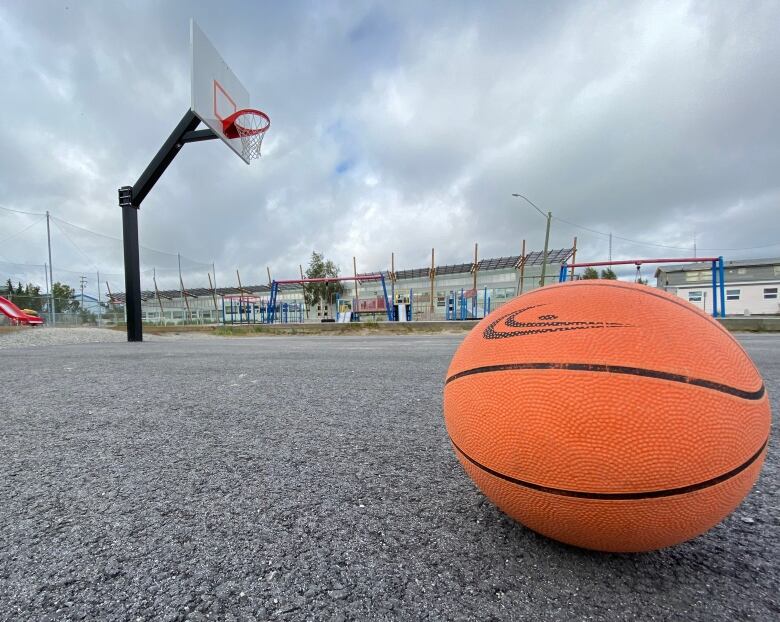
5) Will extracurriculars still be happening?
Some extracurriculars, like non-contact sports, will be going ahead. But in some places, contact sports are off the table. Yellowknife Catholic Schools has already ruled out wrestling and hockey.
In most places, schools won't be able to run extracurriculars that involve singing or music, since the chief public health officer says those are high-risk activities.
Some after-school programs may also be affected. Make sure to check with your school about what programs will still be available this fall.













_(720p).jpg)


 OFFICIAL HD MUSIC VIDEO.jpg)
.jpg)



























































































